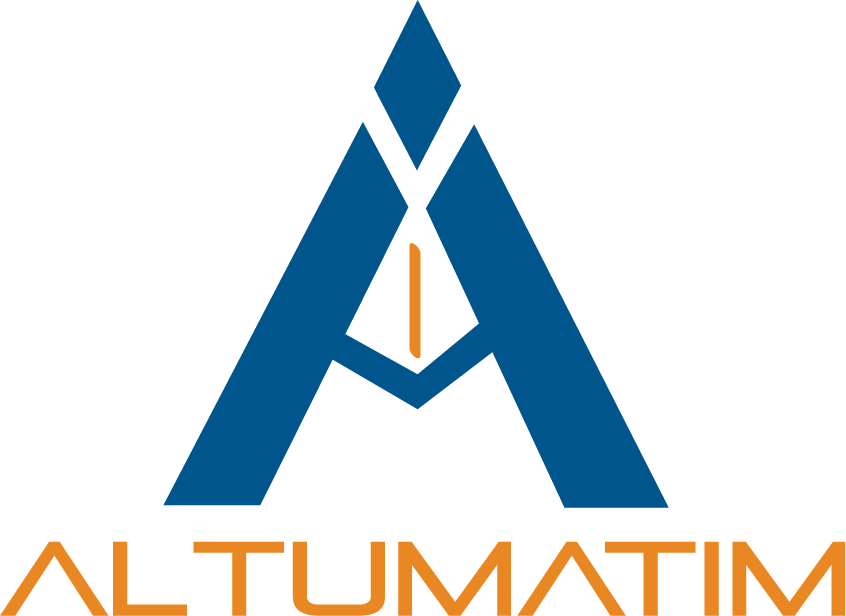
Extract from Vasudeva Mahavishnu’s article “Embracing the Future: LLMs in eDiscovery”
In this final part of our series, we continue our journey from the foundational discussions in Part 1 about Predictive Coding and the deep dive into Continuous Active Learning in Part 2. Here, we explore the cutting-edge potential of Large Language Models (LLMs) in eDiscovery. This post aims to illuminate how LLMs are set to revolutionize the field, offering solutions to the challenges previously discussed and introducing a new era of efficiency, scalability, and analytical depth in legal technology.
Autonomous Review Powered by LLMs
The legal world has always been an arena where accuracy, efficiency, and thoroughness are paramount. As the digital age has advanced, so has the volume of Electronically Stored Information (ESI) that requires Review in legal matters. Although revolutionary in their time, Traditional Technology-Assisted Review (TAR) methods are now being outpaced by the capabilities of Large Language Models (LLMs) in eDiscovery.
Here’s why:
- Holistic Understanding vs. Keyword Reliance—Traditional TAR methods often rely heavily on keyword searches. While effective to a degree, they are inherently limited in their ability to understand context, sentiment, or thematic nuances. On the other hand, LLMs can process vast amounts of information, not by merely latching onto specific words but by understanding the broader context, sentiment, and themes within the data. This ensures a comprehensive and nuanced review of ESI, which is vital in legal matters where the interpretation of a single document can sway the outcome of a case.
